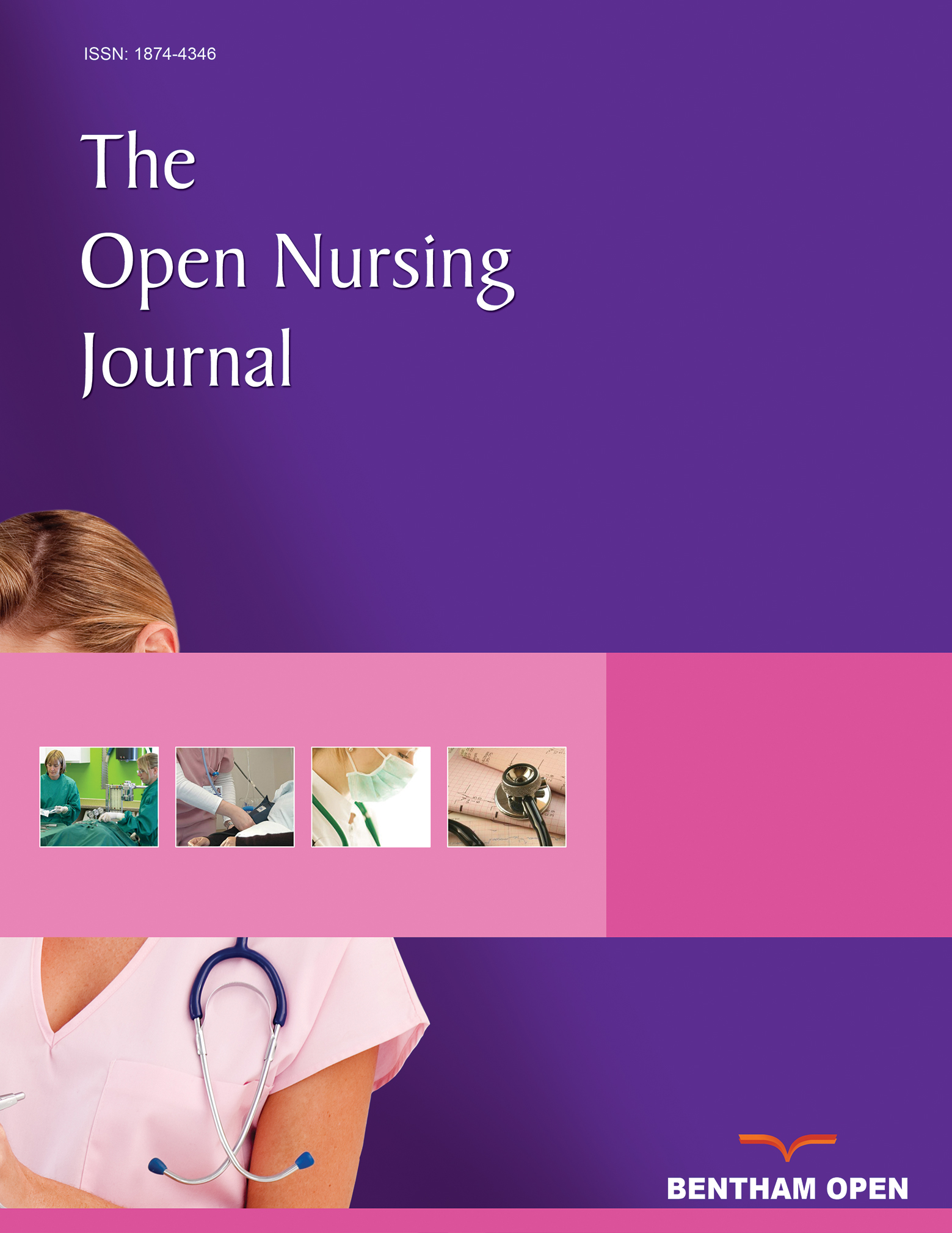All published articles of this journal are available on ScienceDirect.
Wearable Devices for Caloric Intake Assessment: State of Art and Future Developments
Abstract
Background:
The self-monitoring of caloric intake is becoming necessary as the number of pathologies related to eating increases. New wearable devices may help people to automatically record energy assumed in their meals.
Objective:
The present review collects the released articles about wearable devices or method for automatic caloric assessments.
Method:
A literature research has been performed with PubMed, Google Scholar, Scopus and ClinicalTrials.gov search engines, considering released articles regarding applications of wearable devices in eating environment, from 2005 onwards.
Results:
Several tools allow caloric assessment and food registration: wearable devices counting the number of bites ingested by the user, instruments detecting swallows and chewings, methods that analyse food with digital photography. All of them still require more validation and improvement.
Conclusion:
Automatic recording of caloric intake through wearable devices is a promising method to monitor body weight and eating habits in clinical and non-clinical settings, and the research is still going on.


